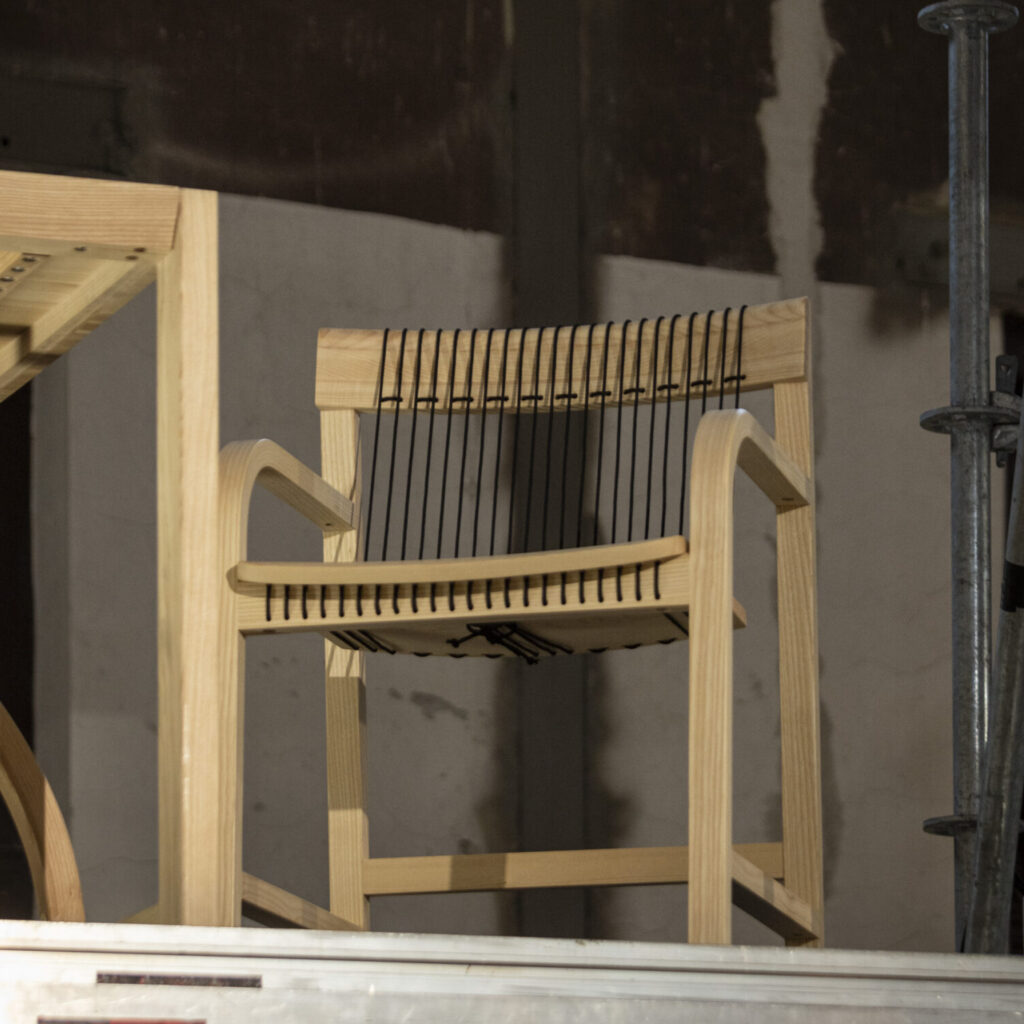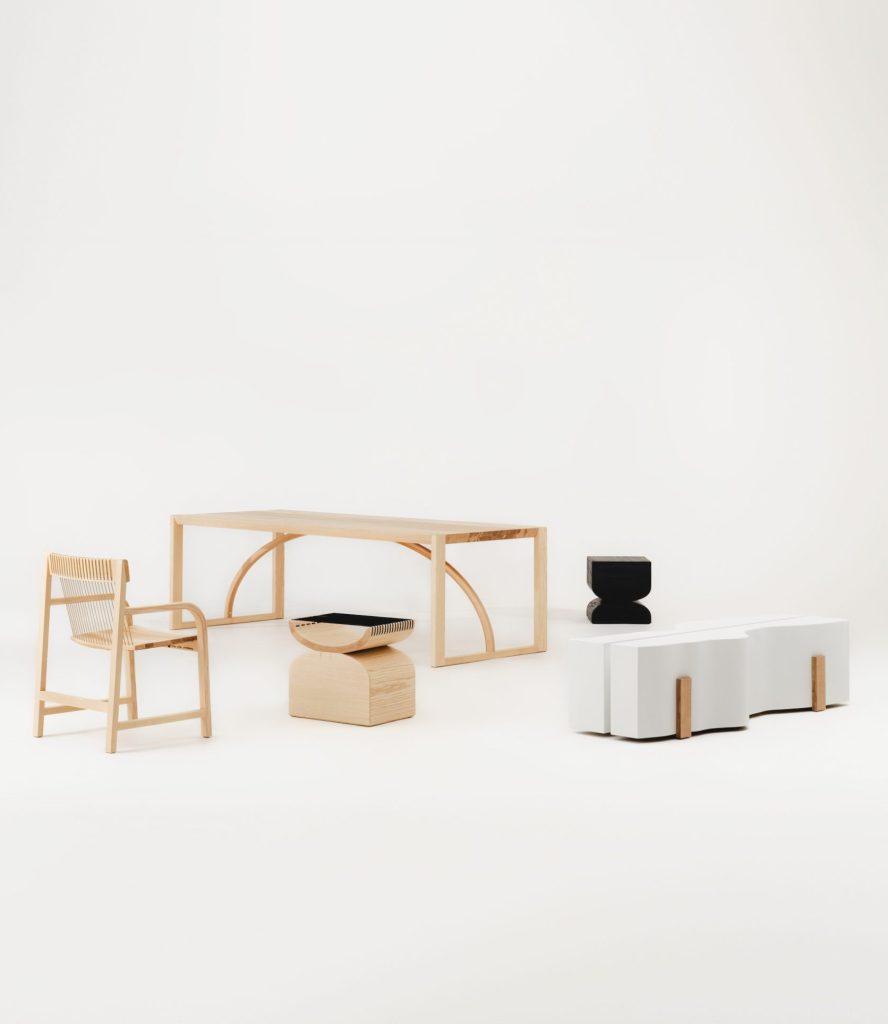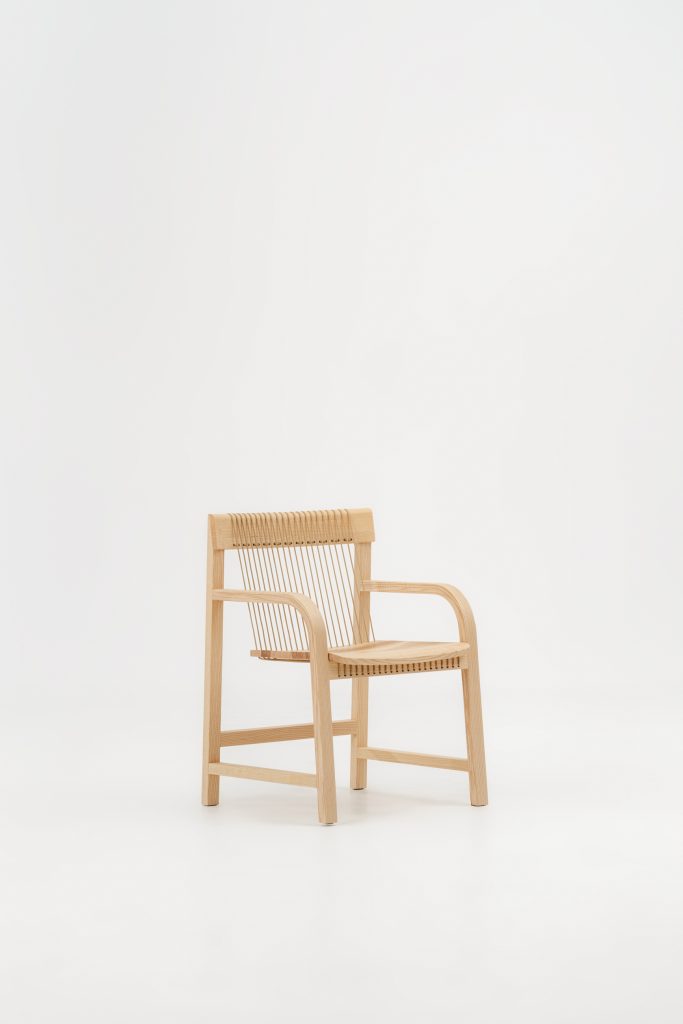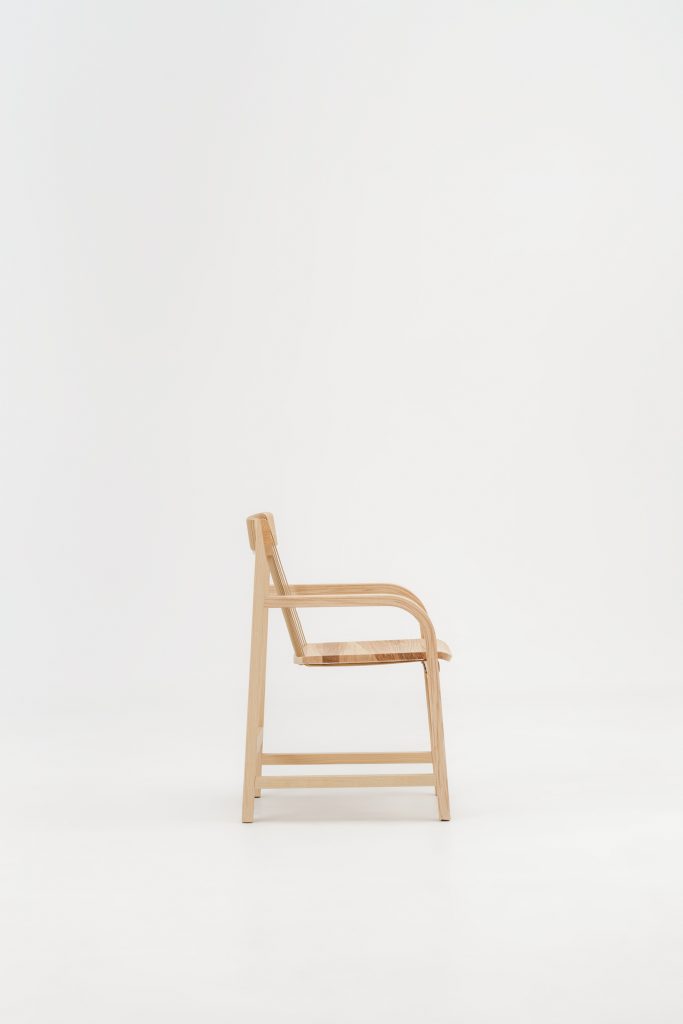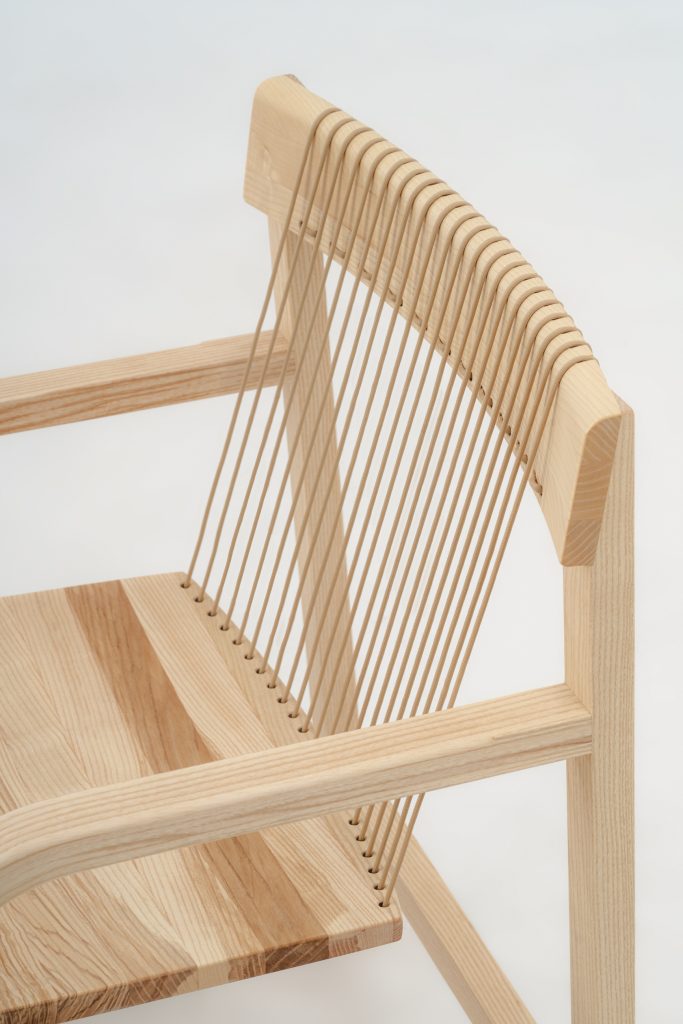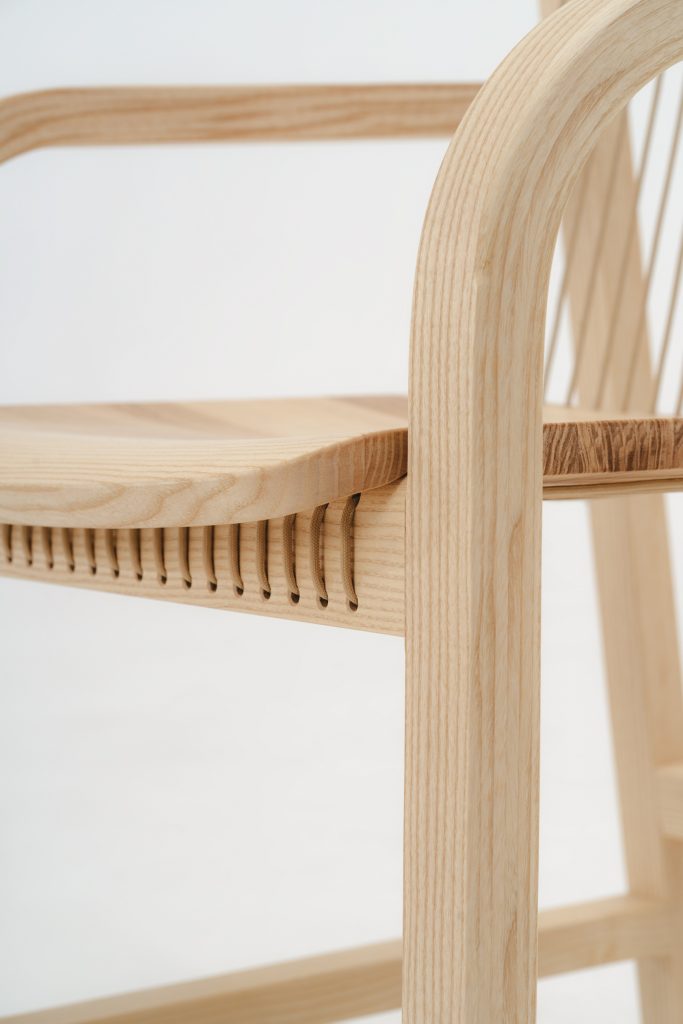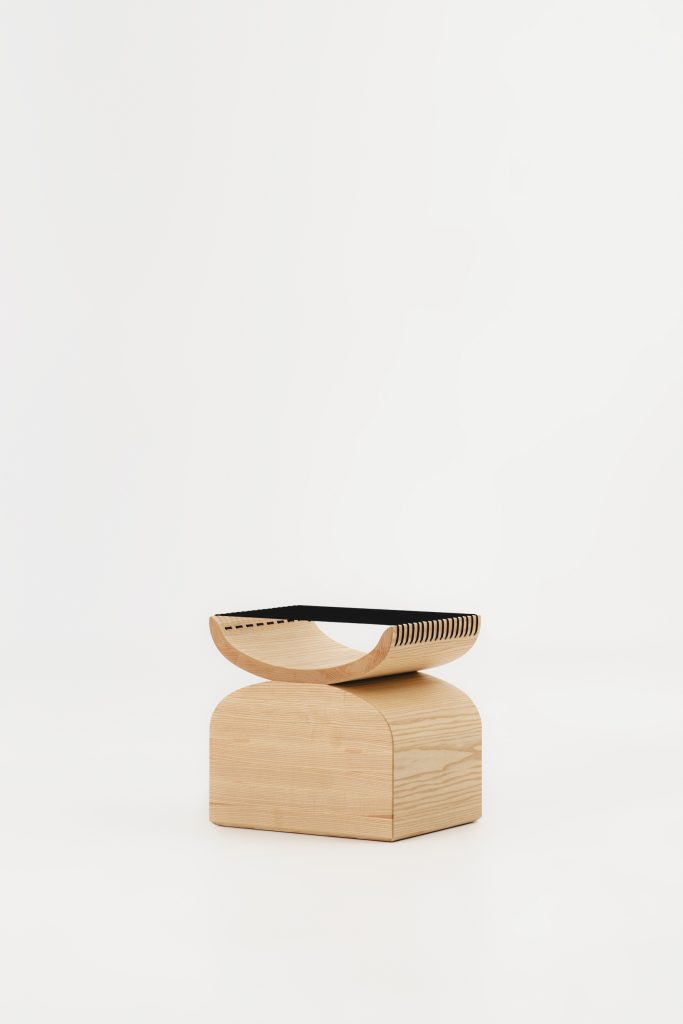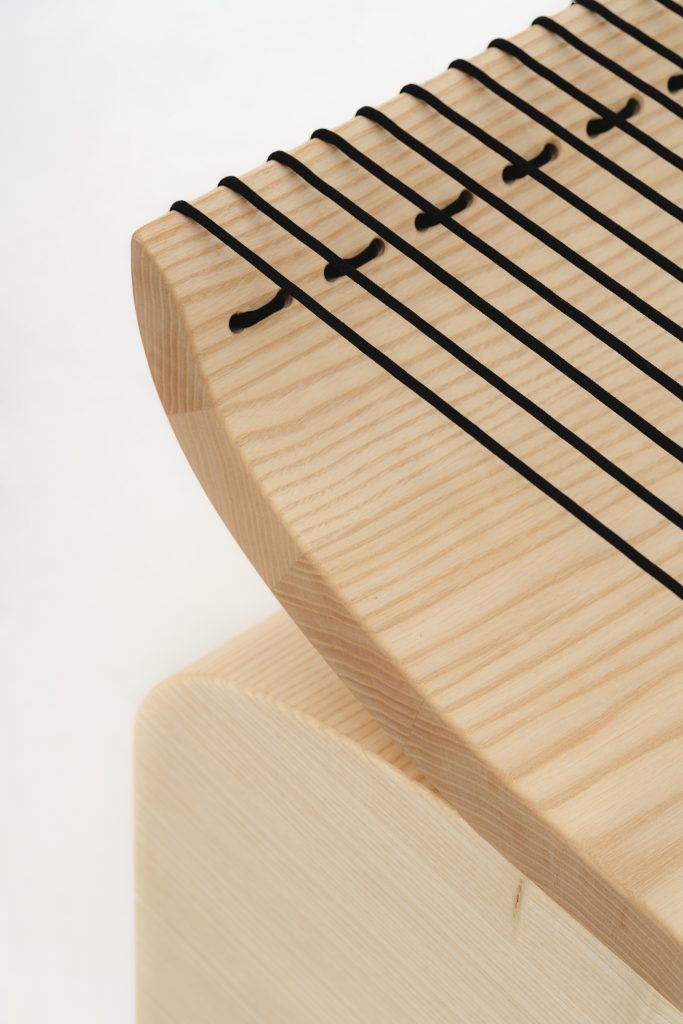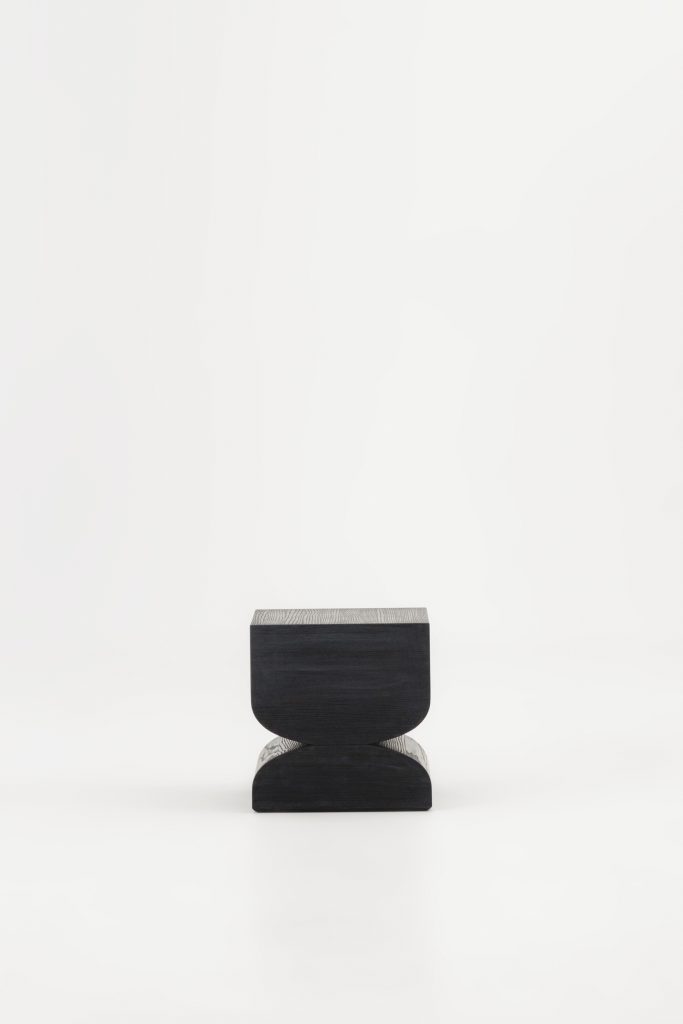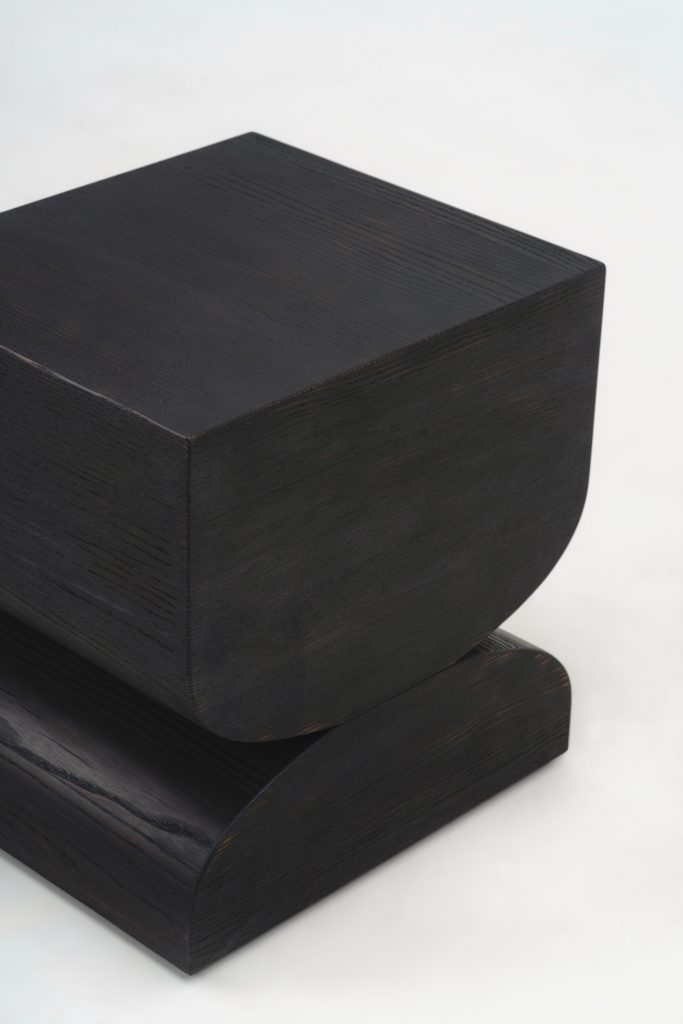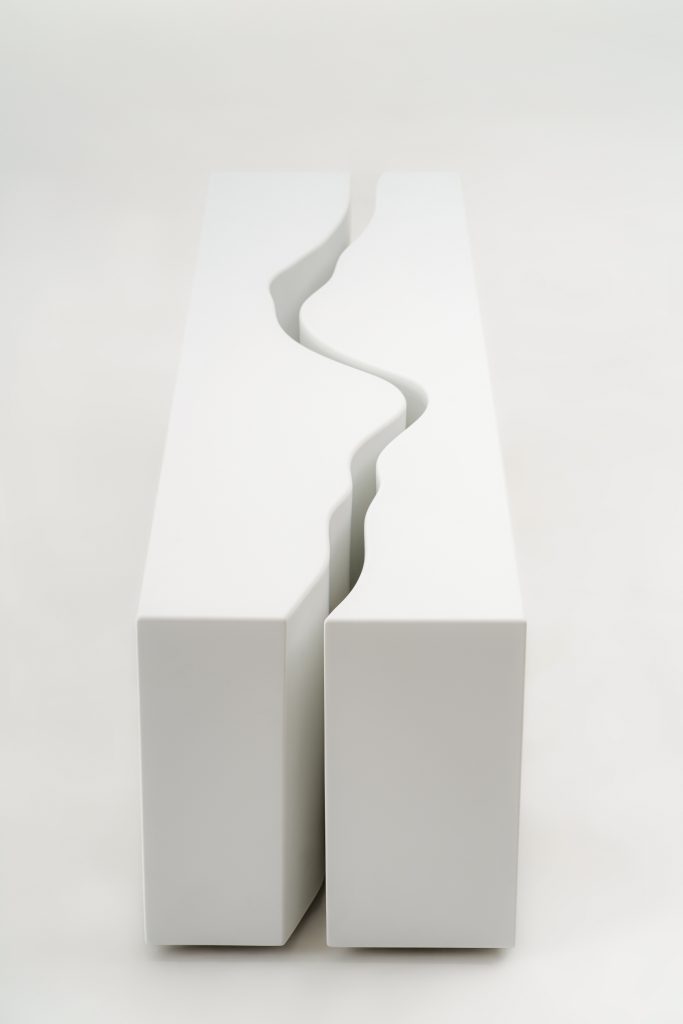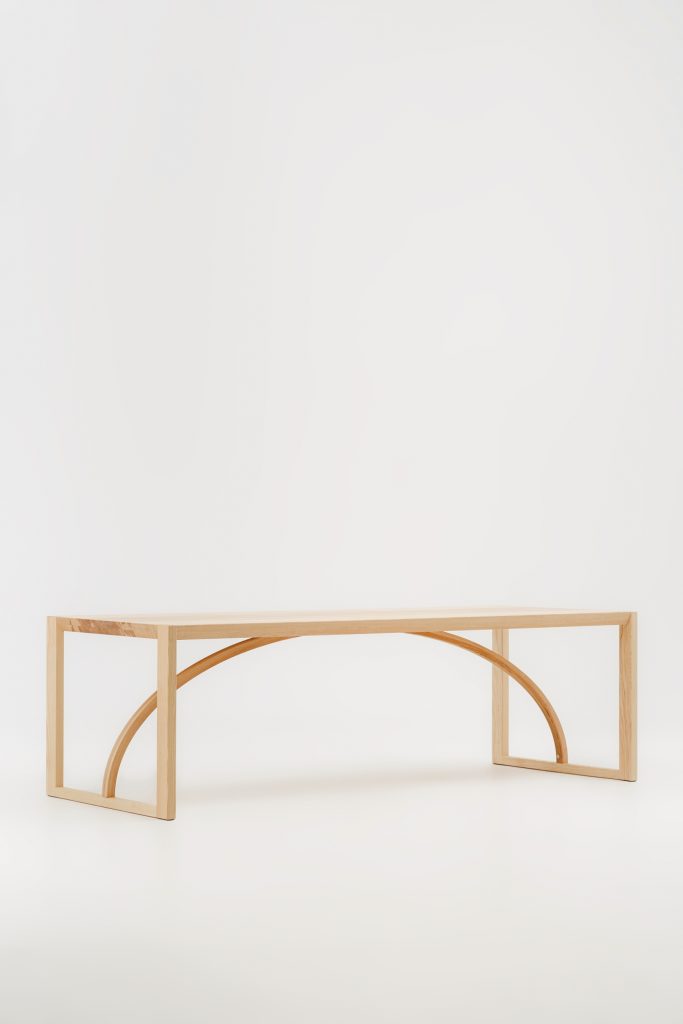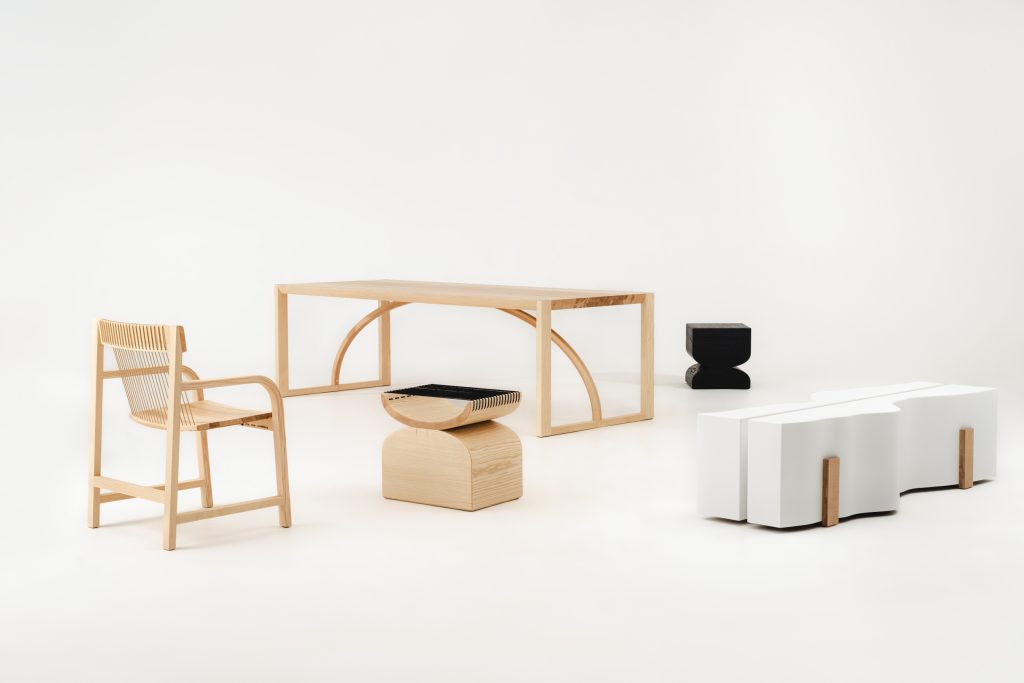sarakele studio
Sára Kele is the founder of the sarakele brand. She designs furniture and functional objects, creates graphics, participates in interior design projects, teaches, and holds design workshops, all with a strong commitment to sustainable development. Under the sarakele brand, her first product was produced nearly 10 years ago, and she has continued to work with unwavering creativity ever since. Over the years, she has led projects within various team structures that have caught the attention of international industry exhibitions. She has received numerous prestigious national and international awards, including the Red Dot Design Award, the Good Design Award, the Architizer A+ Design Award, the A’ Design Award, and has been listed on the Dezeen Award longlist and nominated for the Edida Award.
The sarakele studio creates exciting yet timelessly beautiful minimalist objects and interiors, always keeping sustainability in mind. Her experimental and forward-thinking approach extends beyond form to material use and production methods, striving to blend the traditional knowledge of artisans with contemporary and innovative solutions. She places great emphasis on localism, encouraging factories to adopt environmentally conscious practices and to consider the impact on the environment and community.
About the objects
The PONTUM collection translates the strength inherent in bridges into the language of objects. The designs are inspired by the remarkable structure of the Elisabeth Bridge in Budapest. The collection’s clean lines and minimalist aesthetics reflect the architectural purity of the bridge. Bridges create connections between people, and the PONTUM collection aims to create objects that, beyond their functionality, resonate on a deeper level, reminding us of the power of relationships. Every piece is inspired by the form and structure of the Elisabeth Bridge. The PONTUM furniture family consists of tables and seating, embodying the natural, raw beauty of solid wood. The colors of the collection are also drawn from the bridge’s history: the black version recalls the Chain Bridge destroyed during the war, while the white natural ash refers to the modern cable-stayed bridge.

